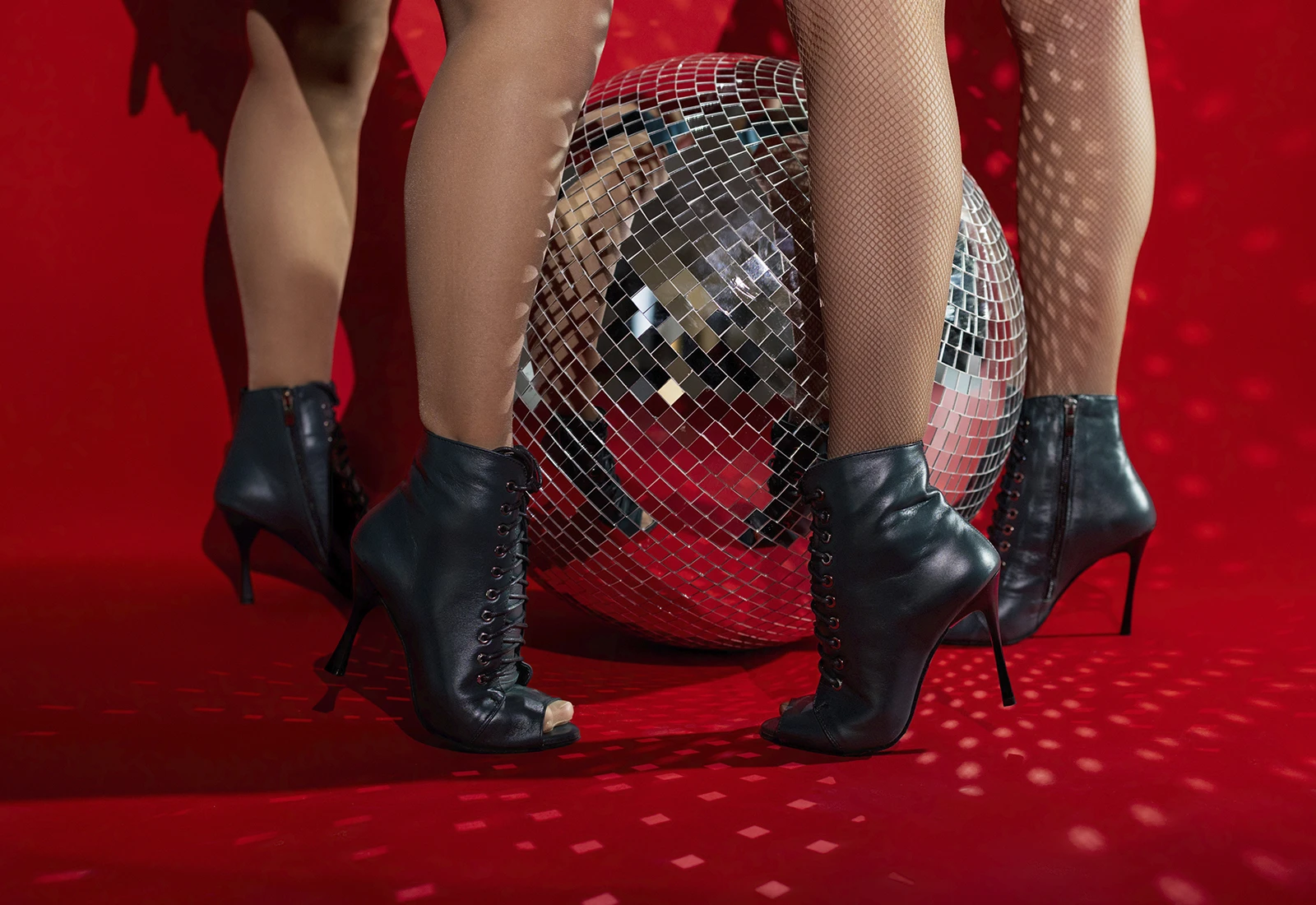High Heels is an art form that combines grace, confidence, and self-expression in a single dance performed on towering heels. This style captivates with its energy, sensuality, and elegance. In High Heels, every detail matters—and while a costume can be tailored to fit, selecting the right footwear is often more challenging.
During performances and rehearsals, your feet endure significant strain, and the wrong pair of shoes can not only ruin your routine but also lead to injury. This is why choosing dance shoes requires careful consideration—you can’t just pick the first pretty pair you find.
Everything You Need to Know About Professional High Heels Dance Shoes
So, where do you start? First, it’s important to understand how professional High Heels Dance Shoes differ from regular high-heeled shoes we wear in everyday life. At first glance, the differences might not seem obvious, but they’re crucial:
- Sturdier Heels for Stability: Dance shoes are designed with a stronger, more stable heel that can withstand the demands of dancing. The heel construction ensures balance and durability.
- Secure Fit with Laces: Professional dance shoes often feature laces for a secure fit. This helps prevent injuries by keeping the foot firmly in place.
- Premium Materials: Professional shoes are typically made from natural leather or suede, which allows the shoes to “breathe,” maintain their shape, and last longer.
- Specialized Soles: The soles are thicker for added support but soft enough to provide flexibility for movement.
Understanding these differences will help you distinguish professional dance shoes from regular high heels. However, recognizing the differences is just the beginning—it’s equally important to find the perfect pair that suits your specific needs.

How to Choose the Right High Heels Dance Shoes
What should you focus on when selecting High Heels dance shoes? Here’s a comprehensive checklist to guide you:
- The Right Size is Key:
Fit is crucial. There should be about 5mm of space between your toes and the front of the shoe, as your feet will naturally move forward during dancing. The heel should fit snugly without pressing or causing discomfort. Always try on shoes in the evening when your feet are slightly swollen—this helps you gauge how they’ll feel during long rehearsals. - Heel Height Should Match Your Experience:
Beginners should start with heels between 7-9 cm. Once you’ve gained confidence in your movements, you can transition to 10-12 cm heels. The shape of the heel is also important—those new to High Heels dancing should opt for heels that flare slightly at the base for added stability. More experienced dancers can move on to classic stiletto heels. - Secure Fastening for Safety:
Professional dance shoes should have laces running the full length of the shoe to ensure proper foot support. Additional fastening options, like straps or zippers, can provide even more security. - Flexible Yet Durable Soles:
The sole should be flexible enough to allow smooth movement and slides but sturdy enough to withstand regular practice. - Comfortable Uppers:
The upper part of the shoe should not pinch or press uncomfortably. Ideally, the material should have some elasticity, adapting to the shape of your foot during dance. - Don’t Forget About Design:
While comfort and safety are paramount, style matters too! Choose a pair that complements your outfit and reflects your personality. However, keep in mind that sparkle and rhinestones are secondary to functionality—your safety comes first.
Final Thoughts
Selecting the perfect High Heels dance shoes is about balancing elegance, comfort, and practicality. The right pair of shoes will enhance your performance, allow you to move with confidence, and keep you safe from injury. With thoughtful consideration, you’ll find the ideal pair to help you shine both on stage and in rehearsals!















